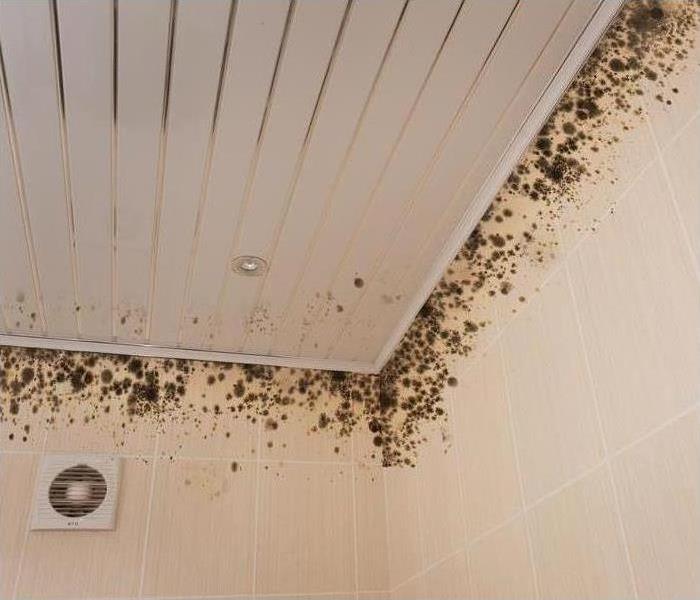3 Ways Rain Affects Mold
1/3/2024 (Permalink)
You may notice an increased reaction to the presence of mold after rain in Claremore, OK. The effects of this natural phenomenon may be exacerbated if black mold or another potentially toxigenic species is present in a residence. Here are three effects of rain on fungi.
1. Rain Supplies Moisture
Rain is an important part of the natural water cycle. Precipitation replenishes moisture levels and provides one of two components necessary for mold spores to settle down and start to grow on surfaces that provide a food source. It is important to address any indoor moisture problem, as it can make mold growth more likely.
2. Moisture Stimulates Growth
A combination of water and nutriment from plant cellulose in building materials and other sources can support indoor mold growth. Spores present everywhere in the air will determine whether the fungus that grows is a toxigenic black mold, also known as Stachybotrys Chartarum, or another species. There are anywhere from tens to hundreds of thousands of species of mold, and professional sampling and lab analysis are necessary to identify any fungus.
3. Rain Worsens Mold
Once mold has started growing, rain can replenish moisture levels through a leak or cause indoor humidity levels to rise. It will be necessary to fix leaks prior to scheduling mold cleanup. Homeowners may also need to take preventative measures to control indoor moisture levels, such as running a dehumidifier in mold-prone areas after remediation is complete.
The presence of moisture supports mold growth. You may notice an increased reaction to the spores and microbial volatile organic compounds fungi produces during the growth cycle, particularly if black mold or another toxigenic species is growing at a residence in Tulsa, OK. Homeowners should rely on professionals to provide mold cleanup services and identify ways in which the conditions in a structure can be adjusted to prevent fungal growth.

 24/7 Emergency Service
24/7 Emergency Service
